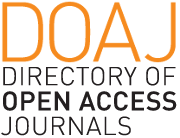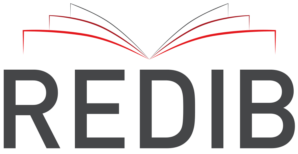ASAPP: Automatic Semantic Alignment for Phrases applied to Portuguese
Abstract
We present two distinct approaches to the ASSIN shared evaluation task where, given a collection with pairs of sentences, in Portuguese, poses the following challenges: (a)~computing the semantic similarity between the sentences of each pair; and (b)~testing whether one sentence paraphrases or entails the other. The first approach, dubbed Reciclagem, is exclusively based on heuristics computed on Portuguese semantic networks. The second, dubbed ASAPP, is based on supervised machine learning. The results of Reciclagem enable an indirect comparison of Portuguese semantic networks. They were then used as features of the ASAPP approach, together with lexical and syntactic features. After comparing our results with those in the gold collection, it is clear that ASAPP consistently outperforms Reciclagem. This happens both for European Portuguese and Brazilian Portuguese, where the entailment performance reaches an accuracy of 80.28% +- 0.019, and the semantic similarity scores are 66.5% +- 0.021 correlated with those given by humans.
Authors who publish with this journal agree to the following terms:
- Authors retain copyright and grant the journal right of first publication with the work simultaneously licensed under a Creative Commons Attribution License that allows others to share the work with an acknowledgement of the work's authorship and initial publication in this journal.
- Authors are able to enter into separate, additional contractual arrangements for the non-exclusive distribution of the journal's published version of the work (e.g., post it to an institutional repository or publish it in a book), with an acknowledgement of its initial publication in this journal.
- Authors are permitted and encouraged to post their work online (e.g., in institutional repositories or on their website) prior to and during the submission process, as it can lead to productive exchanges, as well as earlier and greater citation of published work (See The Effect of Open Access).













